Question
 My dog, Ella.
My dog, Ella.
Hi, Dr. Jill!
Two days ago I adopted an approximately 4-year old yorkie mix from my local pound. She is a wonderful, sweet dog; however, she is incredibly timid and very submissive.
She will not eat in front of me, will not take treats of any kind if offered from my hand or left on the floor, will not walk outside (immediately lays down on her back, belly exposed), and stays in her bed. If she sees that I have watched her get out of her bed, she will immediately run back and sit in bed, as if afraid that she's been caught.
While she will follow me around the house, it is always at a distance. If I call and ask for her to come, she will crawl towards me on her belly, then will lay down with her belly exposed.
So far there has been no sign of submissive urination. She is very good about using piddle pads, which I purchased because she was too afraid to go outside.
Mind you, I've only had her in my home for two days, but I want to make sure I start off on the right foot! I don't want to do anything that will cause more harm than good.
Because I got her from the pound, I have no idea what life she led before I welcomed her into my family.
I am currently looking into obedience classes and possible therapy. In the interim, I want to make sure I do everything I can to ensure that she feels safe and happy. Do you have any suggestions as to how I can make her feel more welcome and comfortable?
Any advice you could provide would be greatly appreciated.
Answerforget the obedience classes!!!! This dog cannot survive emotionally in that environment. She will be emotionally brutalized. Don't even attempt to bring her around other dogs for several months until your relationship with her is solid and trusting. Obedience is nothing more than teaching tricks. The best way to instruct/teach a dog is with positive reinforcement training. This dog is very soft and submissive; she's been through hell (the municipal kill shelter is an awful place for dogs.) Heaven knows how she wound up there (and we don't even want to think about it.) Let's just address the situation at hand. If you want to learn about positive reinforcement training (and do NOT USE a clicker, it will most likely terrify her), go to Karen Pryor's website or read Patricia McConnell Ph.D.'s book on the subject; but wait before attempting it. There's plenty of time.
Right now, ignore her fear. If she runs from you, look away from her and sit on the floor for a few seconds, then get up and move away without looking at her. You want to make a statement of non threat but you do not want to reward, or acknowledge, her fear. LOOK AT HER and TALK TO HER only when she is demonstrating a non-fear state: read her body language. If she's confident (might take some time), engage her; if she's not, be very casual and don't look directly at her. Overall, right now, don't make direct eye contact, don't bend down to her, don't pick her up (or even attempt to), don't try to cajole her with sweet talk or treats (you are rewarding her fear state.) Give her time to relax. Her following you around is an excellent sign. Reward that with a little song you make up for her and sing it happily whenever she voluntarily spends time with you. (Dogs LOVE to be sung to.) Sit on the floor a lot and make yourself accessible to her. Keep special treats in your pocket and reward her with one whenever she approaches you (by tossing it casually) but don't be worried if she won't take it. A dog that is highly stressed will NOT take treats. The first sign that she is beginning to trust you will be when she DOES take the treat. Speak softly, allow her to gain trust and approach you on her terms, reward her confidence (and BE CAREFUL NOT to reward her fear), give her plenty of time to eat her meals (three daily if she's under 12 pounds) in solitude (do not interfere), and every time she goes belly up to you walk away (WALK AWAY, this is a strong submission statement and should be honored.) Over the next few months, this dog may very well become the best dog you've ever had. When your bond with her is solid (and it will be), start the positive reinforcement training. Then take her among other dogs very slowly (VERY SLOWLY) and only dogs you know are under control and not dog aggressive. There's actually no need for her ever to have to interact with other dogs unless she's happy to do so. Please repost with any further concerns and congratulations on being part of the solution (adopting someone else's throwaway.)


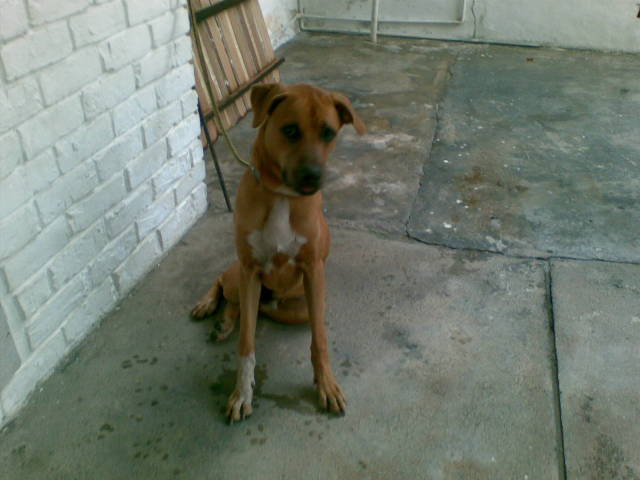 dogs behaviour
QuestionMy 8 months old Dusto
QUESTION: My puppy
dogs behaviour
QuestionMy 8 months old Dusto
QUESTION: My puppy
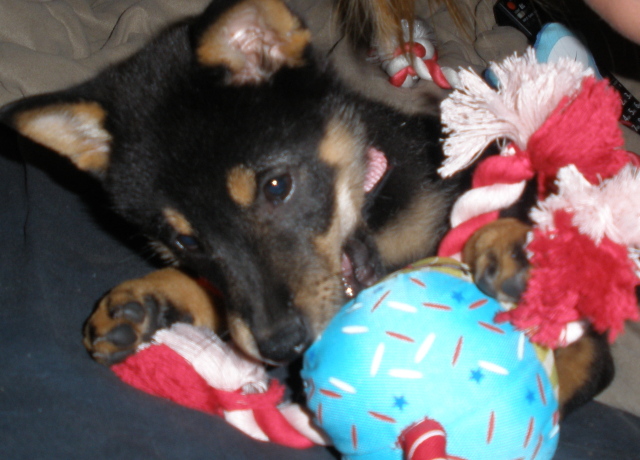 My Shiba Inu
Question
Lola
I bought a registered Shiba Inu puppy fro
My Shiba Inu
Question
Lola
I bought a registered Shiba Inu puppy fro
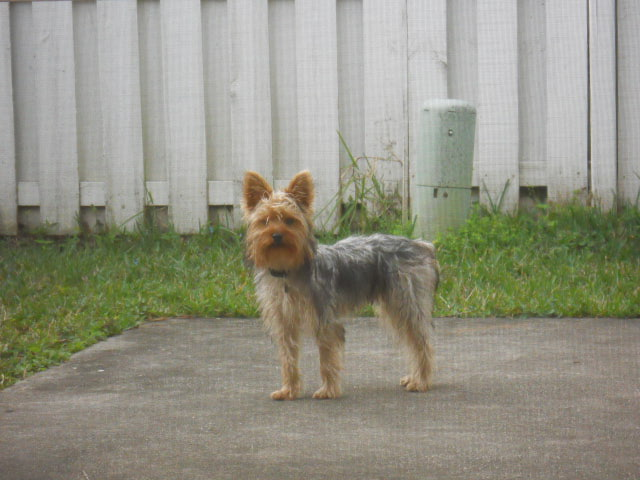 agressive silky terrier
Question
Lucas 1 year old
Hi Jennifer:
I have a
agressive silky terrier
Question
Lucas 1 year old
Hi Jennifer:
I have a
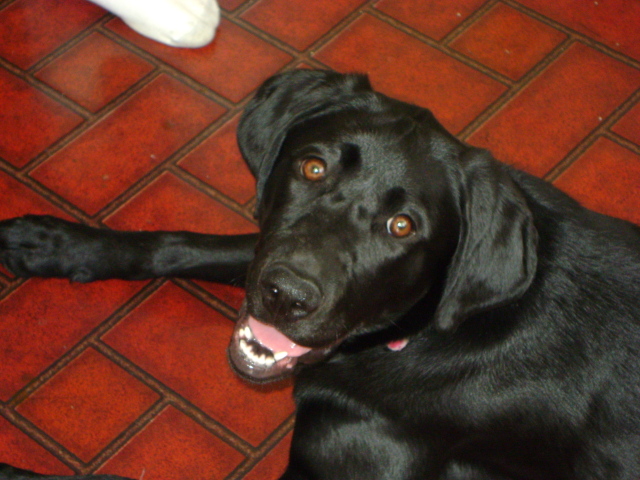 Black lab - 1 yr
QuestionSheba
QUESTION: My lab loves to bite her
Black lab - 1 yr
QuestionSheba
QUESTION: My lab loves to bite her
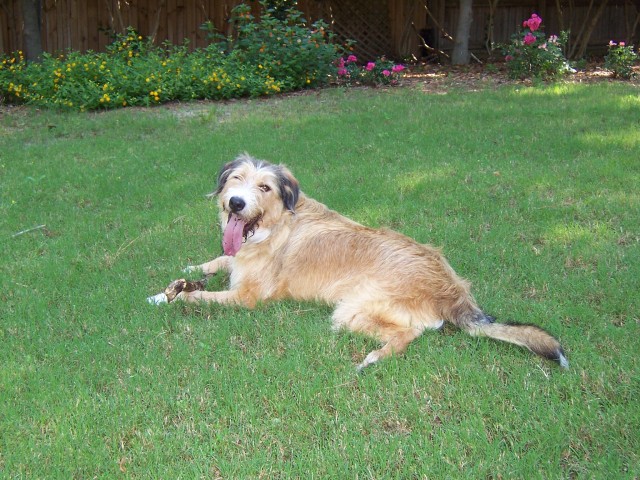 anxious dog
Question
Louie
Hi, We adopted a 2 year old male A
anxious dog
Question
Louie
Hi, We adopted a 2 year old male A